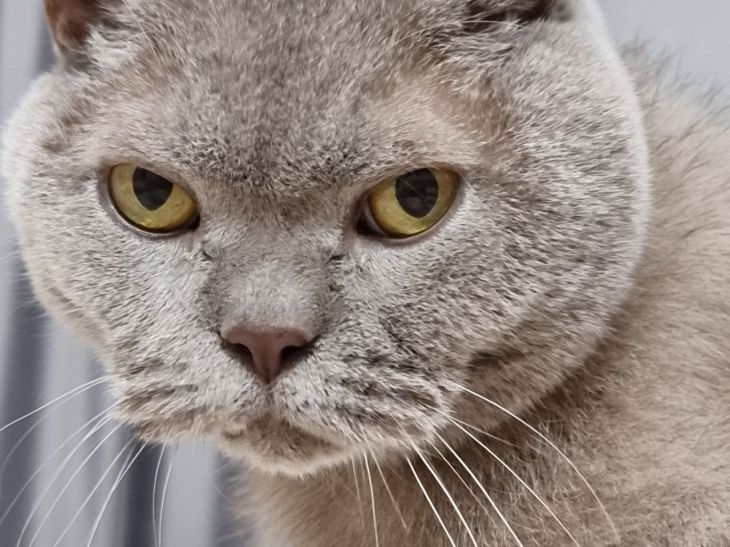British cats attract attention with their noble appearance, thick plush fur and calm character.
However, owners often encounter one unexpected feature: these pets are reluctant to make contact if you try to pick them up.
To understand the reason for this behavior, it is worth considering the characteristics of the breed and its habits.

Natural independence
British cats are known for their independence, a trait that goes back to their origins.
The first representatives of the breed were tamed, but retained the instincts of wild animals. They prefer freedom and independence, avoiding intrusive attention.
An independent character creates certain boundaries in the relationship with the owner.
The cat willingly spends time near a person, but decides for itself when and how to show affection.
Body type features
The body structure of British cats also influences their attitude to being picked up.
The dense build, heavy bones and thick fur make it uncomfortable for the animal to be held in human hands for a long time.
A cat gets tired quickly if it is held in one position.
In addition, animals of this breed tend to perceive restrictions on movement as a threat, which causes them discomfort and a desire to escape.
Feeling of security
For British cats, a sense of security plays a key role.
When a pet is lifted, it loses support and control over the situation. This causes anxiety in the animal, especially if the movement is unexpected.
Pets prefer interactions to happen on their terms.
When a cat feels confident, it may come up to you, jump on your lap, or ask for affection.
Genetic predisposition
The character traits of the British are largely determined by genetics. The breed was formed with an emphasis on a balanced temperament, which led to a reduced need for active contacts.
British cats show affection through subtle signs: they accompany the owner around the house, lie down next to him, purr in a calm environment. At the same time, obsession is not part of their habits.
Tips for Interaction
To establish contact with a British pet, it is important to take into account its character.
Trying to force a cat to sit in your arms can only worsen the relationship. It is better to wait until the animal shows interest on its own.
Affectionate communication begins with respect for personal space. Gradual touches, gentle movements, and a calm voice will help build trust.
Cats quickly sense the owner's mood, so it is important to avoid sudden movements and screams.
Positive communication experiences strengthen attachment. If a cat sees that it is not forced to do unpleasant things, it often becomes more open and trusting.
Respect for individuality
Each animal has its own characteristics, and the British cat is no exception. Some pets willingly go to hands if they are accustomed to this from an early age.
However, most members of the breed remain committed to their independence.
The British value freedom and comfort. Respect for these qualities helps to create harmonious relationships between a person and a pet.
Instead of forcing your attention, it is better to offer the cat a place next to you on the sofa or admire its behavior from a distance.








